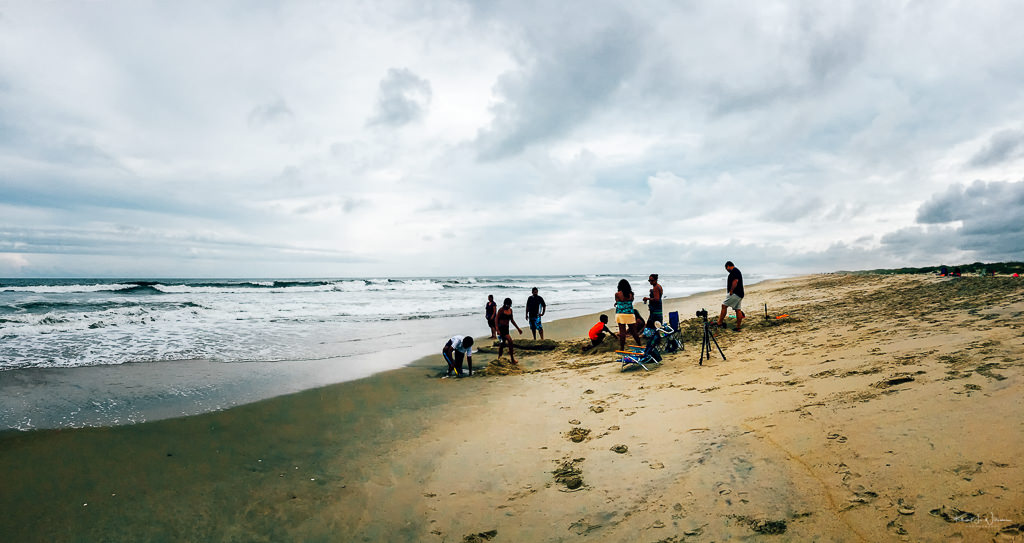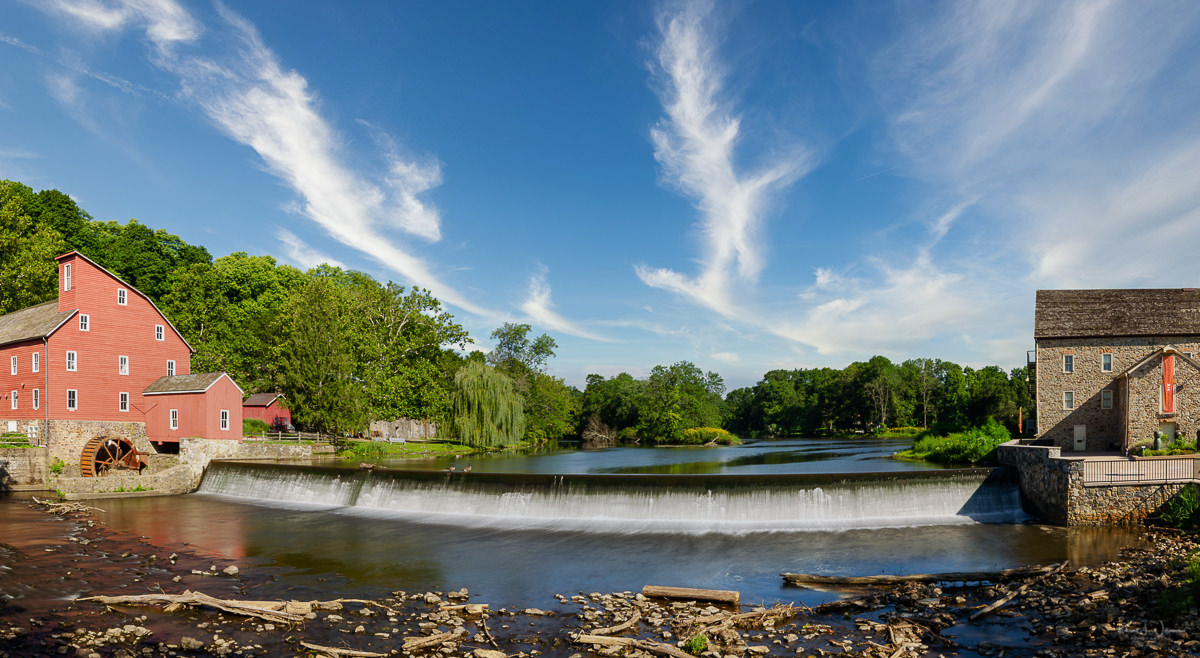I haven't written in my journal or blog since the end of August. I was mentally tired preparing for the CCSP exam and disappointed that the testing centre cancelled the test. I reschedule, and I will be sitting the exam this Saturday, so I'll be prepping the whole week. Instead of the normal breakdown of each day of the week, I will lump it all together.
For the Lens-Artists Photo Challenge #165: Going Wide, Patti has asked that we submit images taken with wide-angle lenses, which she defines as this.
What's a wide-angle lens? It's any lens that is below 35 mm on a crop-sensor camera or 50 mm on a full-frame. The wide-angle view is perfect for capturing a broad vista like a landscape, seascape, or cityscape.
My favourite lens for my Minolta XD-11 35mm film camera is the MD Rokkor-X 45mm F:2 lens. I prefer something closer to 40mm, like the Minolta M-Rokkor 40mm F/2, but that lens is over $1200 on eBay, and I don't own the similarly expensive Minolta CLE.
The Fujinon XF27mmF2.8 lens is my favourite for my crop sensor, Fuji X-T3. Some may think that 27mm is a weird focal length. However, I think it is the perfect "normal" focal length. Normal is defined as the diagonal dimension of the film dimension or image sensor, which is 28mm (APS-C), 43mm FF and 54mm (GFX medium format).
The math works out as follows:
- Full frame sensor dimensions are 36mm x 24mm; therefore, diagonal measurement is 43.27mm.
- GFX sensor dimensions are 43.8mm x 32.9mm therefore, the diagonal dimension is 54.78mm. The corresponding crop factor is 43.27/54.78 = 0.78988682 or ~ 0.79.
- APS-C sensor dimensions are 23.6mm x 15.6mm therefore, the diagonal dimension is 28.29mm. The corresponding crop factor is 43.27/28.29 = 1.5295157299 or ~ 1.53.
Neither the 50mm nor 35mm lenses are "normal" lenses. 50mm became the standard when Leica rose in popularity. Because a 50mm lens was the optimal design to reduce visual distortions and maximise resolution on 35-mm film, the Leica I came with a fixed, nonremovable 50-mm lens. While the 1932 Leica II introduced interchangeable lenses, its built-in viewfinder was designed to work with a 50-mm lens. Digital cameras do not have these optical limitations.
The ~41mm full-frame field of view suits my everyday documentary-style photography during these "no-travel-stay-close-to-home" pandemic times. Of course, I also have my Fujinon XF16-55mmF2.8 R LM WR. The ~41mm full-frame field provides a field of view in the range of the human eye.

Many websites keep propagating the "story" that a 50mm focal length on a 35mm full-frame camera is roughly equivalent to the field-of-view (FOV) of the human eye. First of all, the human eye is not a camera. Even though the focal length of the eye is 17 or 24mm, only part of the retina processes the main image we see. This part of the retina is called the cone of visual attention, which has a field of view between 50-55º wide. On a 35mm full-frame camera, a 38-43mm focal length provides an angle of view of approximately between 50-55º.
All images included in this post can be considered part of a set for the Lens-Artists Photo Challenge #165: Going Wide.
Panorama
One of the many ways to widen the range of one's lens is to stitch together many vertical frames shot while panning the camera from one side to the other. Some cameras, e.g. Fuji X-series and Apple's iPhone, have a built-in panoramic mode that automatically does the stitching in the camera. A sturdy tripod and Adobe Photoshop can make the process easy for cameras that don't have built-in panoramic mode. All images below are panoramas created either in camera or via Adobe Photoshop.
When shooting panoramas, I try to use the camera in portrait orientation. This maximises the number of vertical pixels. For example, my Fuji X-T3 camera sensor has 6000x4000 pixels. If I shoot my set of images for the panorama in portrait orientation, I will have 6000 vertical pixels across the set of images.


